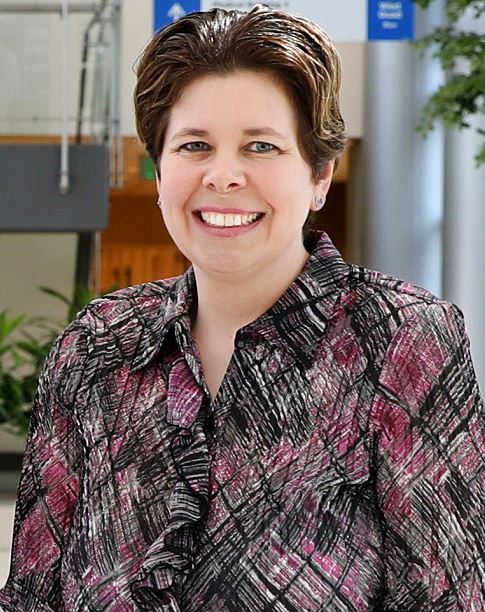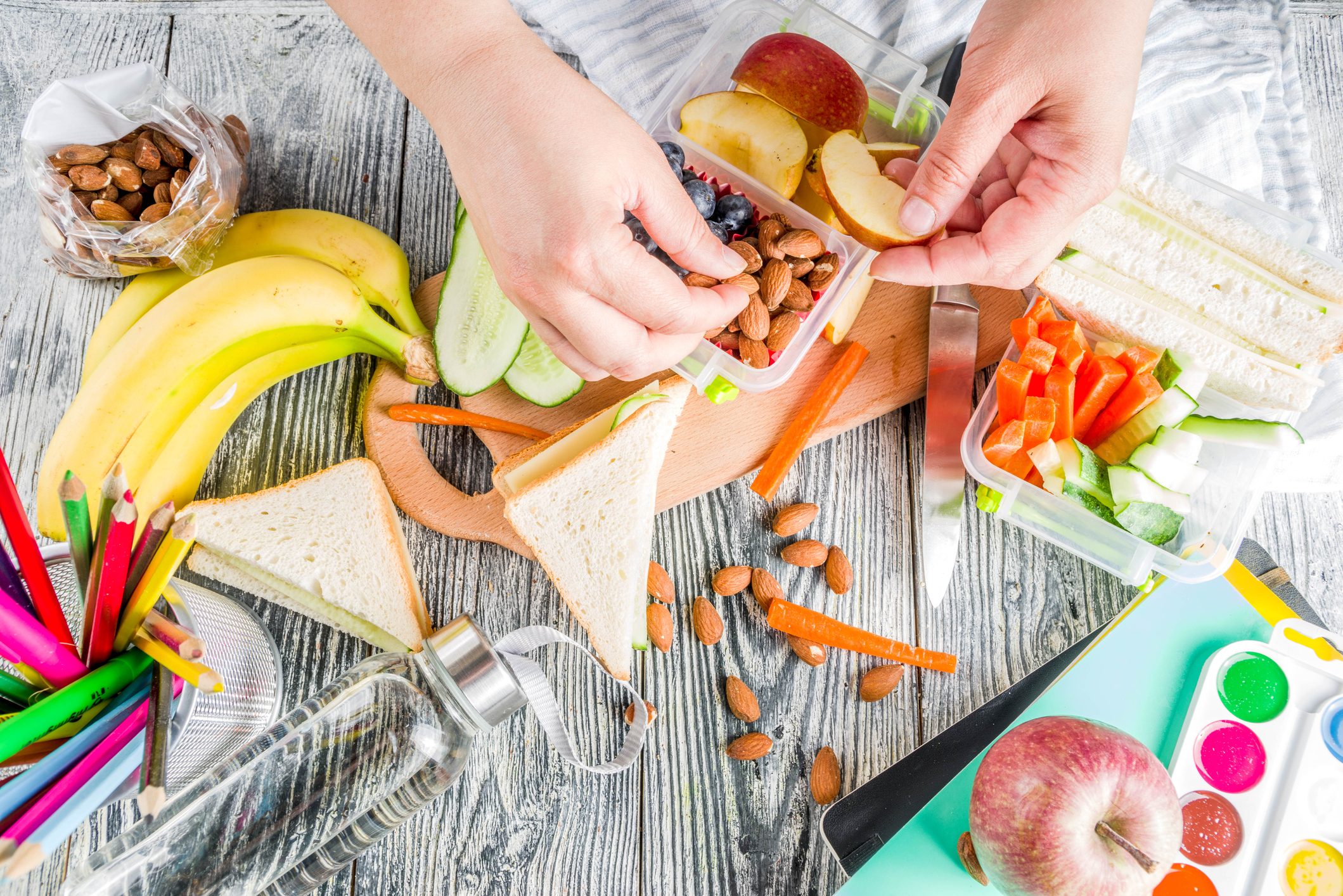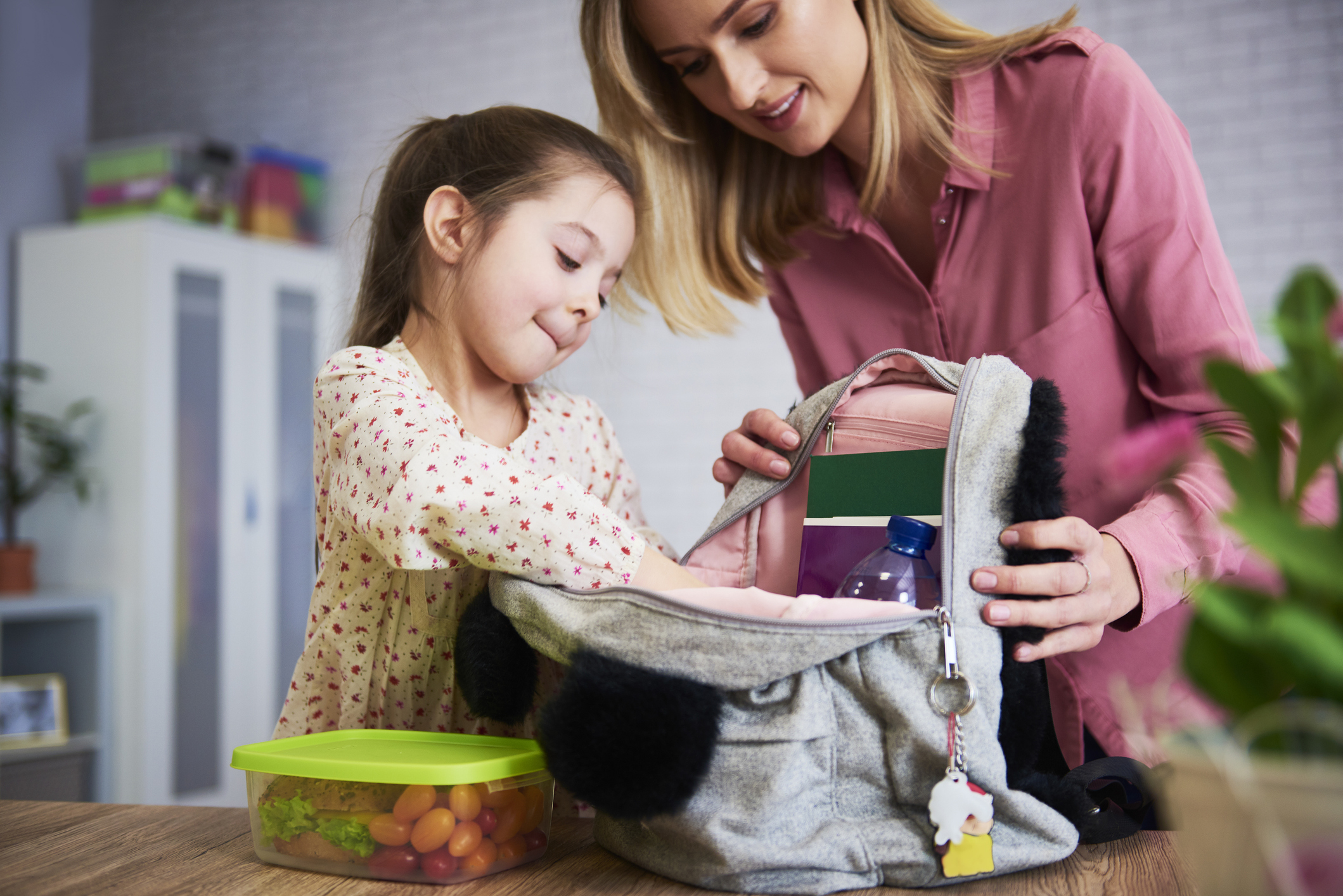How to Choose Safer Personal Care Products: Tips for Families
Every day, we all use many personal care products such as soaps, lotions, hair products and toothpaste. Safer options are becoming more available to families. Here are some tips for choosing safer personal care products:
Hand soap and body wash
⦁ Avoid “antibacterial soaps” such as those with triclosan. Plain soap and water work well to prevent the spread of germs.
⦁ If soap and water are not available, use an alcohol-based hand sanitizer to kill germs. Be sure to read the directions and store them out of the reach of your children.
⦁ Choose fragrance-free body washes or bar soaps with a few simple ingredients.
Lotion and body care
⦁ Choose fragrance-free lotions since phthalates are often a component of “fragrance” or “parfum” in these products. ⦁ ⦁ Products labeled as “antiperspirants” typically contain aluminum and work by blocking sweat glands. Deodorants do not prevent sweating like antiperspirants but can help mask odor and soak up moisture. For those wishing to avoid aluminum, consider a deodorant with ingredients such as baking soda or cornstarch.
Hair care
⦁ Avoid chemical-based straightening treatments, as they can contain harmful chemicals such as formaldehyde or sodium hydroxide (lye).
⦁ Keep hairspray out of the reach of children and use it in a well-ventilated area.
⦁ Choose shampoos and conditioners that do not contain phthalates or parabens (check the label to be sure).
⦁ Try homemade recipes using common household ingredients such as olive oil for deep conditioning of African American hair.
Cosmetics
⦁ Be cautious with certain imported cosmetics, which can contain lead or other heavy metals. Some examples of potentially hazardous imported cosmetics are kohl, kajal, Surma and sindoor.
⦁ Nail polish can contain chemicals of concern such as formaldehyde and toluene. Some nail polish brands have created nail polish options without some of the most concerning chemicals; these are typically labeled as “5-free,” “7-free,” or “9-free” (depending on the number of chemicals they have left out of the formula).
Oral care products
⦁ Avoid toothpaste with triclosan. Fluoride toothpaste is recommended but starts with a small rice-sized smear for small children less than 2 years old.
⦁ Store mouthwash out of the reach of children, as some ingredients can be toxic to children if they ingest it. Children should not use mouthwash until age 6 years when they can swish and spit.
Sunscreen
⦁ Always use sunscreen with SPF 15 to 30 while outdoors during the warm months.
⦁ When possible, choose mineral-based products such as zinc oxide sunscreen instead of chemical-based products like oxybenzone.
⦁ Lotions are better than sprays. If using a spray sunscreen, spray the sunscreen on your hand first and then apply it to your child, to lower the chance they will breathe in the sunscreen mist.
Children with nut or seed allergies
⦁ Some lotions, body washes, and hair products may contain nut-based oils (almond oil, for example). If your child has a nut or seed allergy, it is best to avoid these products. Be cautious when reading labels, however, since some nut-based oils do not appear with their common name – for example, peanut oil may appear as “Arachis oil.” Talk to your pediatrician or allergist for more information.

Talk with your pediatrician!
If you have questions about choosing a safer personal care product, talk with your pediatrician.
For more on this and other topics, head to www.healthychildren.org. This is a great resource for health tips designed for parents by the American Academy of Pediatrics.
Should a situation arise in which your child needs to be admitted to a hospital, remember that Hendricks Regional Health’s dedicated pediatric unit is staffed 24/7 to care for children from birth to 18 years. Learn more at hendricks.org/pediatrics.




